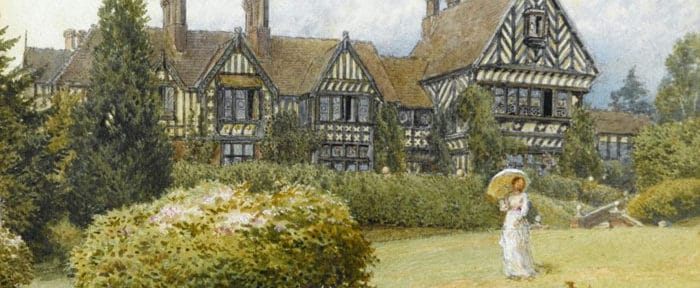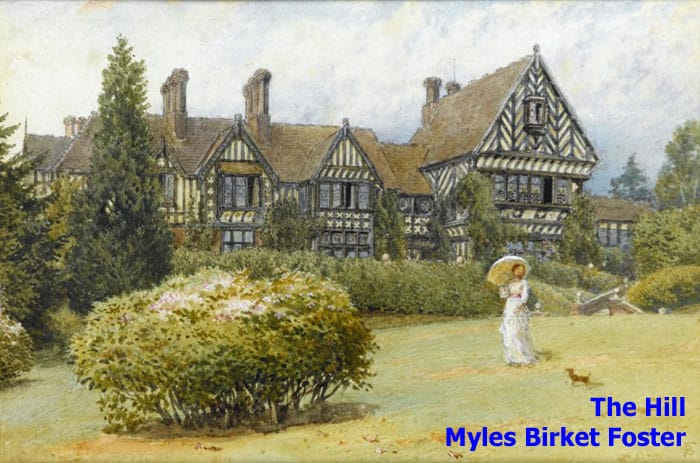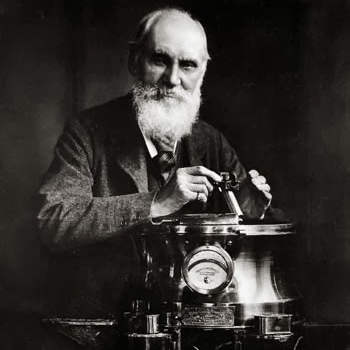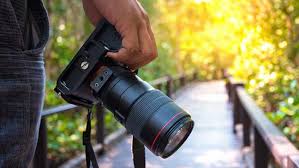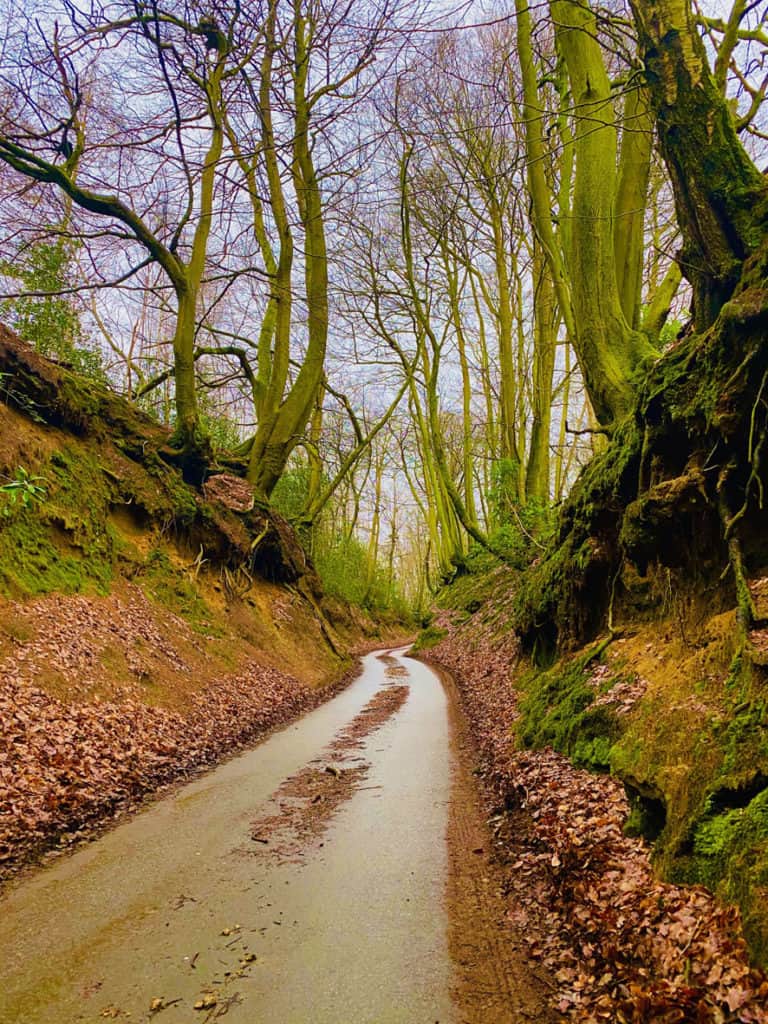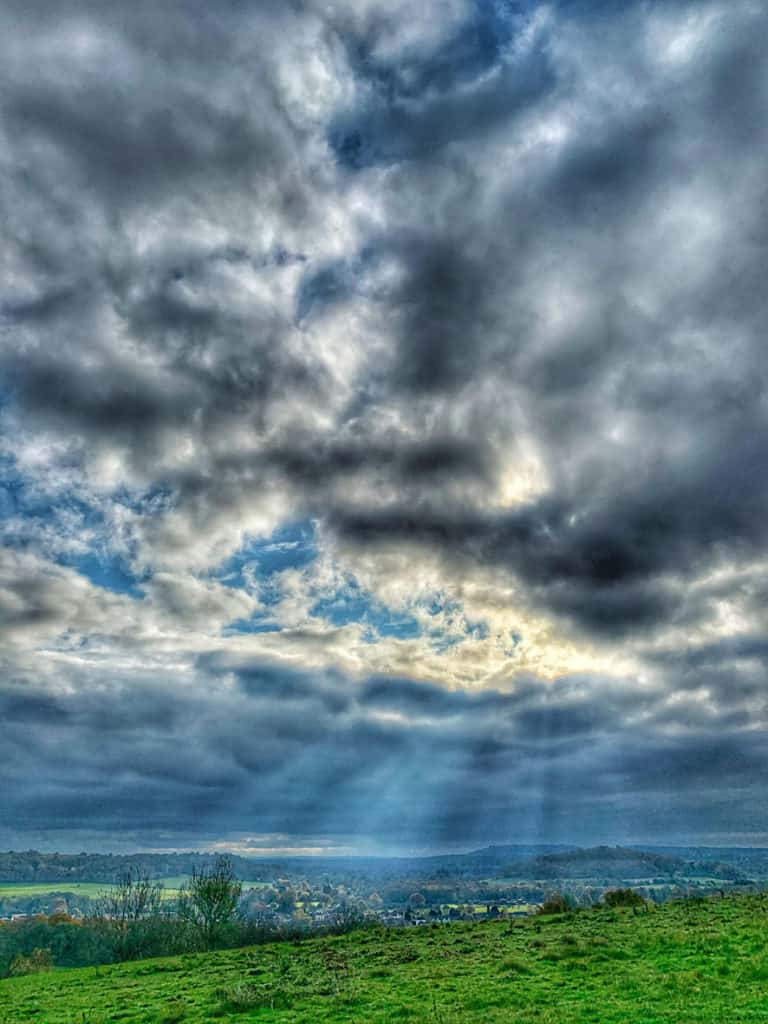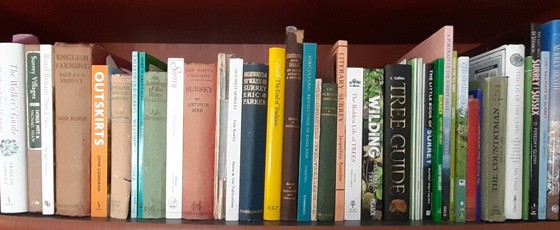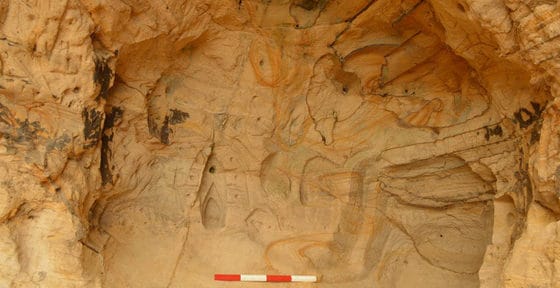Members of the Surrey Hills Society who have missed the social aspect of the walks, talks and visits of our events programme will be delighted that a limited programme has started up again this month. The impact of the pandemic and particularly the period of lockdown has to some extent been a strain for us all, but for those with physical, mental health problems or learning difficulties, it has been exceptionally stressful.
At a time when charities supporting these vulnerable groups were needed most, many had to reduce their activities or in some cases close completely. However, as they move forward with their plans to reopen or increase their activities, they are now facing increased expenditure to ensure they are Covid safe. With their usual fundraising activities pretty much wiped out this year, for many, targeted appeals are likely to be the only way to avoid a precarious shortfall in income.
Two local charities, with which the society has a connection, and who are supporting clients with mental health, learning or other challenges, are The Grange, Bookham, from whom we purchase all our fleeces and other branded clothing and The Patchworking Garden Project in Dorking, which we have visited and donated funds to over several years.
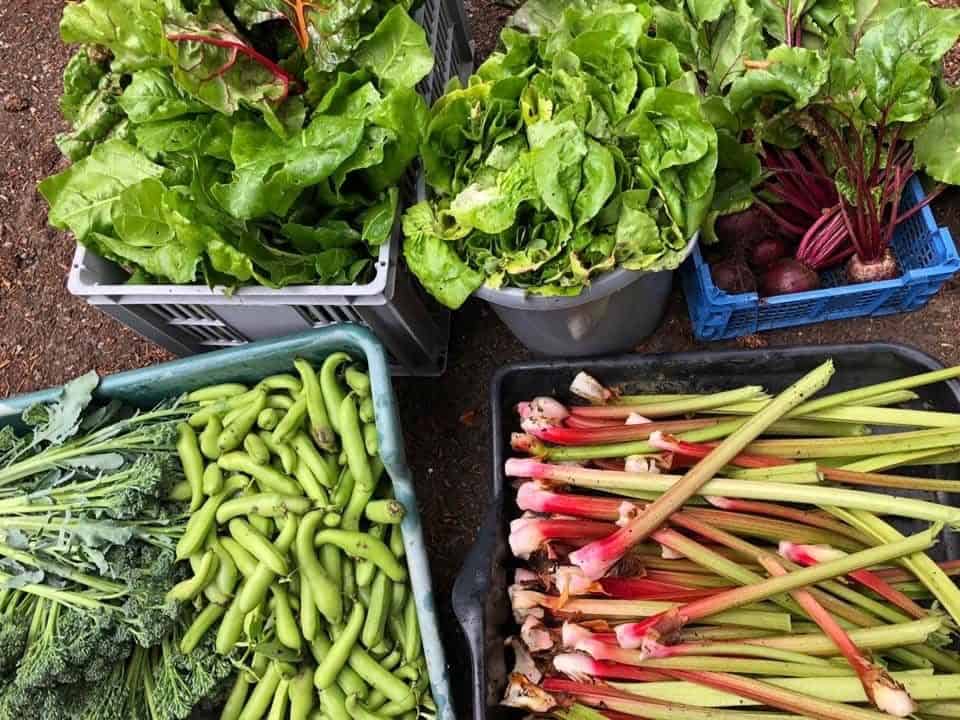
The Patchworking Garden Project, www.patchworkinggardenproject.co.uk and the Surrey Hills Society, both received the Queen’s Award for Voluntary Service last year. Established less than six years ago, it aims to bring positive change to people’s lives through friendship and gardening.
I think many of us would agree that spending time with nature can improve our feeling of wellbeing during this difficult time and yet sadly the Patchworking Garden has had to remain closed for over four months. During this time, a small group of volunteers regularly watered, weeded and generally maintained the garden, donating produce to the Community Fridge, while others kept in touch regularly with everyone they support. The garden will open again in mid-August, but in order to do so safely it has had to adapt – building a new covered area to provide sufficient shelter and maintain social distancing, provide new handwashing stations and facilities to clean tools along with the provision of PPE. While ensuring the safety of all who attend, it is vital that the garden continues to offer a welcoming, friendly and relaxed atmosphere, particularly for those who suffer from depression, dementia or anxiety.
So as we at SHS begin to regroup and socialise once again with other members on our walks and visits albeit at a distance, it is worth considering the extent to which many of our other local charities are having to rise to the challenge to be innovative and resourceful if they are to successfully adapt to life post lockdown.


